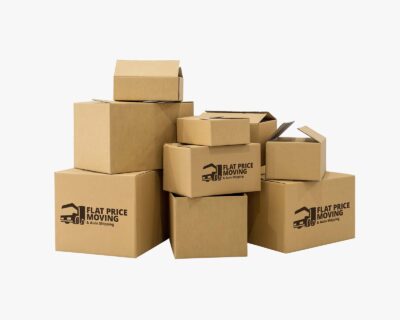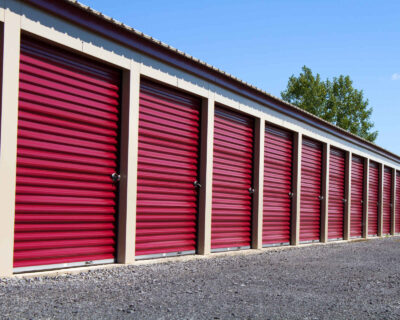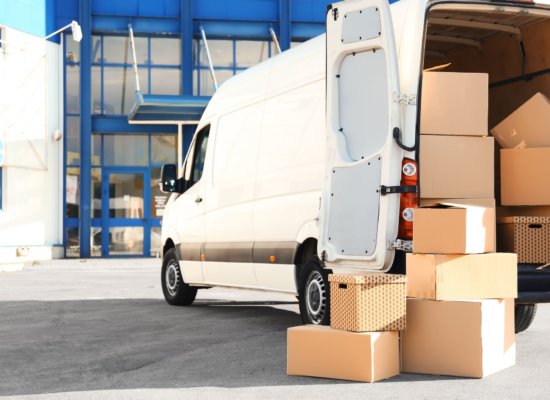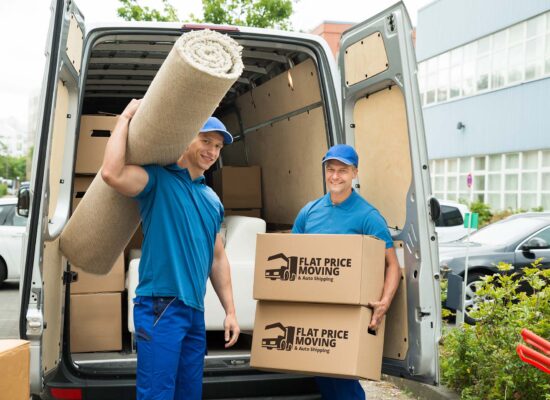Sleep Easy – Tips for Moving Your Bed to a New Home
Cross-country moving is an exciting chapter in life, filled with anticipation and new beginnings. However, amidst the flurry of packing boxes and coordinating logistics, it’s easy to overlook the essential aspect of moving a bed and ensuring a good night’s sleep in your new abode. One of the most critical elements for a restful slumber is the proper arrangement of your bedroom in the new space, so here’s how to do it properly.
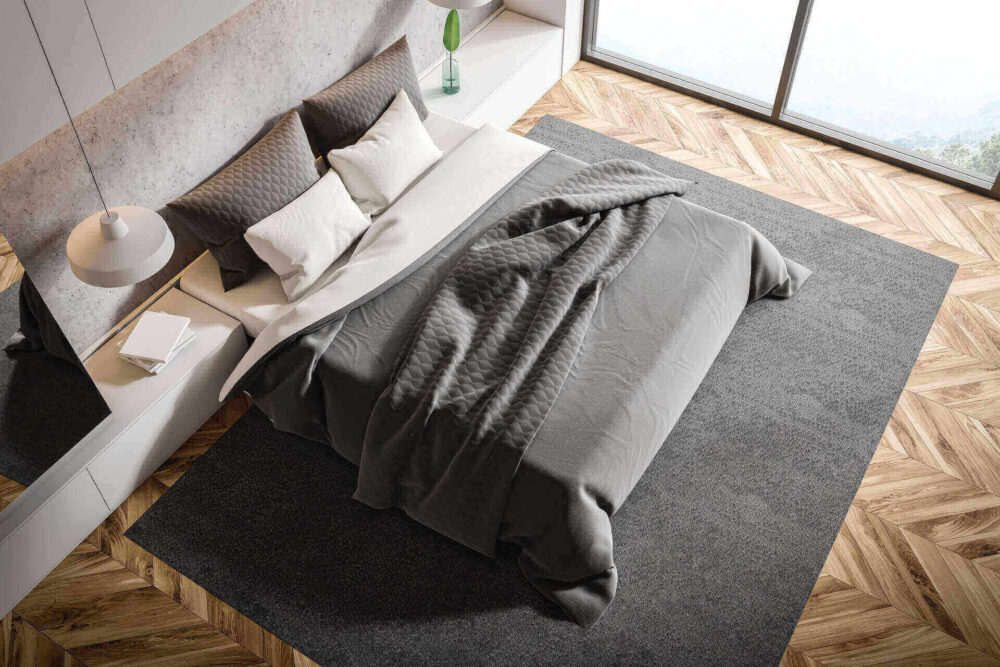
Moving a king-size bed requires careful planning and consideration. Assess its size and condition, dismantle and pack it securely, and enlist professionals if needed. Protect the mattress with covers or alternative wrapping. Disassemble the frame, label parts, and seek instructions if lost. Special considerations apply to adjustable or platform beds. Take precautions to prevent damage during reassembly and transport the bed horizontally whenever possible. Seek assistance for difficulties encountered.
Start by Assessing Your Bed for the Move
Before diving into the process of how to move a bed by yourself, it’s crucial to start by assessing its specific requirements. Begin by evaluating its size and weight. Measure its dimensions, including the length, width, and height, to ensure it will fit through doorways, hallways, and staircases in a new residence.
Additionally, consider the weight of the bed, especially if you plan on relocating it yourself or hiring professional cross-country movers. By understanding the size and weight of the bed, you can plan accordingly, determine the best approach for disassembly or maneuvering, and make necessary arrangements to ensure a smooth and efficient relocation.
Evaluating the Size and Weight of the Bed
Before embarking on the process of relocating a bed to a new home, it’s important to start by assessing its specific requirements. Begin by evaluating the bed’s size and weight. Measure its dimensions, including the length, width, and height, to ensure it will fit through doorways, staircases, and hallways in the new residence.
This step will help you determine if any disassembly is necessary and if additional assistance or specialized equipment will be needed for a successful move. Understanding the size and weight will allow you to plan the move accordingly and ensure a smooth and stress-free relocation of this essential piece of furniture.
Checking the Condition of the Bed Frame, Mattress, and Accessories
In addition to evaluating the size and weight of beds, it’s crucial to assess the overall condition of the frame, mattress, and accompanying accessories. Take a close look at the frame for any signs of damage, such as cracks, dents, or loose components.
Ensure that the frame is structurally sound and stable, as this will prevent any issues and relocation mistakes during the transportation process. Examine the mattress for any tears, stains, or signs of wear that may impact its comfort or longevity. If necessary, consider replacing the mattress before the relocation.
Additionally, check the condition of any accessories, such as headboards, footboards, or side tables, to ensure they are securely attached and in good shape. By thoroughly inspecting the bed and its components, you can address any necessary repairs or replacements prior to the move, ensuring that your bedding arrives at the new home in excellent condition.

Dismantle and Deconstruct – Preparing Your Bed for the Move
Before you can successfully move a bed, it’s essential to dismantle and deconstruct its various components. This process ensures that the piece is easier to move and helps prevent any potential damage. By taking the time to prepare for the move and disassemble a bed, you can efficiently pack and protect each piece, making the reassembly process in your new home much smoother. Whether it’s removing bedding and pillows or disassembling the bed frame, headboard, and footboard, this step-by-step process will ensure beds are well-prepared for the journey to their new location.
Removing Bedding, Pillows, and Mattress Toppers
Once you have assessed the bed and its condition, it’s time to prepare it for movers by dismantling and deconstructing its components. Start by removing all bedding, including sheets, blankets, and pillowcases. It’s a good idea to wash and pack them separately to keep them clean during the relocation.
Take care to fold and label the boxes for easy unpacking and setting up in a new home. Don’t forget to remove any pillows and mattress toppers as well. Ensure they are clean and dry before packing them separately to maintain their freshness and usability in the new sleeping space.
Disassembling the Bed Frame, Headboard, and Footboard
To facilitate the relocation process and ensure a safe move, it’s necessary to disassemble the frame, headboard, and footboard. Refer to the manufacturer’s instructions, if available, to guide you through the disassembly process. Begin by removing the mattress and setting it aside in a secure area. Proceed to unscrew or detach any bolts, screws, or connectors that hold the bed frame, headboard, and footboard together.
As you disassemble the components, keep all the hardware organized in labeled bags or containers to prevent misplacement or confusion during the relocation. Disassembling the frame, headboard, and footboard not only makes them easier to handle and transport but also reduces the risk of damage during transit. By carefully taking apart these elements, you can ensure a smoother and more efficient relocation experience. Watch this video if you need more relocation tips on how to do it properly.
Before Moving a Bed, Clean It and Protect It
To ensure the cleanliness and longevity of the bed during the move, it’s essential to clean and protect it beforehand. Dust, dirt, and stains can accumulate over time, and relocating provides an excellent opportunity to give it a thorough move-out cleaning. By following a few simple steps, you can keep it fresh and protected during the relocation process, ensuring that it arrives at the new home in the best possible condition.
Vacuuming or Spot-Cleaning the Mattress
Start by vacuuming or spot-cleaning the mattress to remove any dust, dirt, or debris that may have settled on its surface. Use a handheld vacuum or upholstery attachment to clean the mattress thoroughly, paying close attention to seams, corners, and edges.
If there are any visible stains, use a mild detergent or upholstery cleaner specifically designed for mattresses and follow the manufacturer’s instructions. Spot-cleaning the mattress not only helps eliminate odors and dirt but also prevents them from spreading during the relocation, keeping the mattress fresh and clean in a new home.
Using a Mattress Cover or Plastic Wrap to Protect Against Dirt and Moisture
After cleaning, take an additional step to protect the mattress from dirt, moisture, and potential damage during the relocation by using a mattress cover or plastic wrap. A mattress cover is specifically designed to encase the entire mattress, providing a protective barrier against dust, stains, and tears.
If a mattress cover is not available, you can also use plastic wrap or large plastic bags to wrap and seal the mattress securely. Ensure the wrap is tightly secured, paying particular attention to the corners and edges. This extra layer of protection shields the mattress from dirt, moisture, and accidental spills, preserving its cleanliness and integrity during the relocation process.

Disassemble and Pack the Bed Frame
Disassembling and packing the frame is an essential step in preparing for the relocation. Start by removing any attached components, such as the headboard, footboard, or side rails. Follow the manufacturer’s instructions or use your own knowledge to disassemble the frame, taking care to keep track of all the hardware and small parts.
Place screws, bolts, and other fasteners in labeled bags or containers to ensure they don’t get misplaced during the relocation. As you disassemble the frame, make sure to protect any delicate or fragile items to prevent damage during transportation. By carefully taking apart the frame, you’ll make it easier to relocate and reassemble in the new home.
Taking Detailed Photos or Labeling Parts for Easier Reassembly
To simplify the reassembly process, it’s helpful to take detailed photos or label the different parts of the frame. As you disassemble the frame, capture clear photographs of each step or label the parts with descriptive tags. This way, when it’s time to put the frame back together, you’ll have a visual reference or clear labeling to guide you. It can be especially useful if you have a complex or intricate frame design. These visual cues will help you reassemble the frame accurately, saving time and effort during the setup.
Packing Bed Frame Components Securely in Labeled Boxes or Bags
Once the frame is disassembled, it’s essential to pack the components securely for the relocation. Place smaller parts, such as screws and bolts, in labeled bags or containers to keep them organized and easily accessible. Wrap any fragile or delicate parts with protective packing materials such as bubble wrap or packing paper to prevent scratches or damage.
For larger pieces of the frame, such as side rails or headboards, consider using relocation blankets or pads used to relocate furniture to provide additional protection during transportation. Place the packed components in labeled relocation boxes or bags, making sure to indicate “frame” on the labels for easy identification during the unpacking process. By packing the frame components securely, you’ll ensure their safety during the relocation and facilitate a smooth reassembly process.
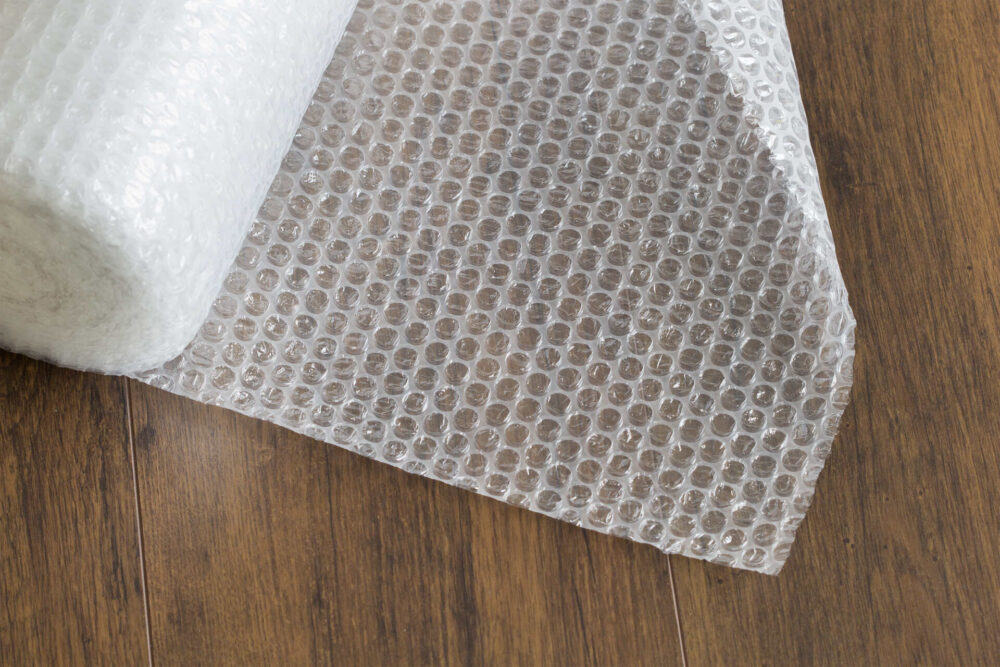
Enlist Help of Professional Movers for Larger or Heavier Mattresses
When it comes to moving larger or heavier mattresses, it’s often beneficial to enlist the help of professional long-distance moving services. These mattresses can be challenging to handle and transport safely on your own. Professional long-distance movers know how to carry a mattress and have the expertise, equipment, and manpower required to handle such items effectively.
They are experienced in navigating tight spaces, staircases, and doorways, ensuring that the mattress is moved without any damage to the home or the mattress itself. By hiring a reliable long-distance moving company, you can have peace of mind knowing that larger or heavier mattress will be handled with care and expertise during the moving process. Check if a company is legitimate on sites like the Better Business Bureau.
Auto-Transport
If your first concern is having your vehicle transported safely and efficiently, enclose shipping is the way to go.
Read morePacking Services
Our moving teams are trained to pack your belongings in the most efficient manner possible.
Read moreStorage Service
Knowing what kind of surprises cross country move may hold, we offer 30 day free storage for belongings at the origin state.
Read moreUse More Than One Service When Relocating
When you’re relocating and have a larger or more complex relocation ahead, it may be beneficial to consider using more than one service, as it will help you minimize relocation stress. Professional movers specialize in packing services and the transportation of all kinds of belongings, including furniture pieces and mattresses. However, there are other services that can assist with different aspects of the relocation.
For example, with the right car shipping company, you can transport a vehicle to the new destination. You can also get moving insurance and make sure your belongings are protected. By utilizing multiple services from a moving and auto transport company, you can ensure that each aspect of the relocation is handled by experts in their respective fields, resulting in a smoother and more efficient relocation experience.
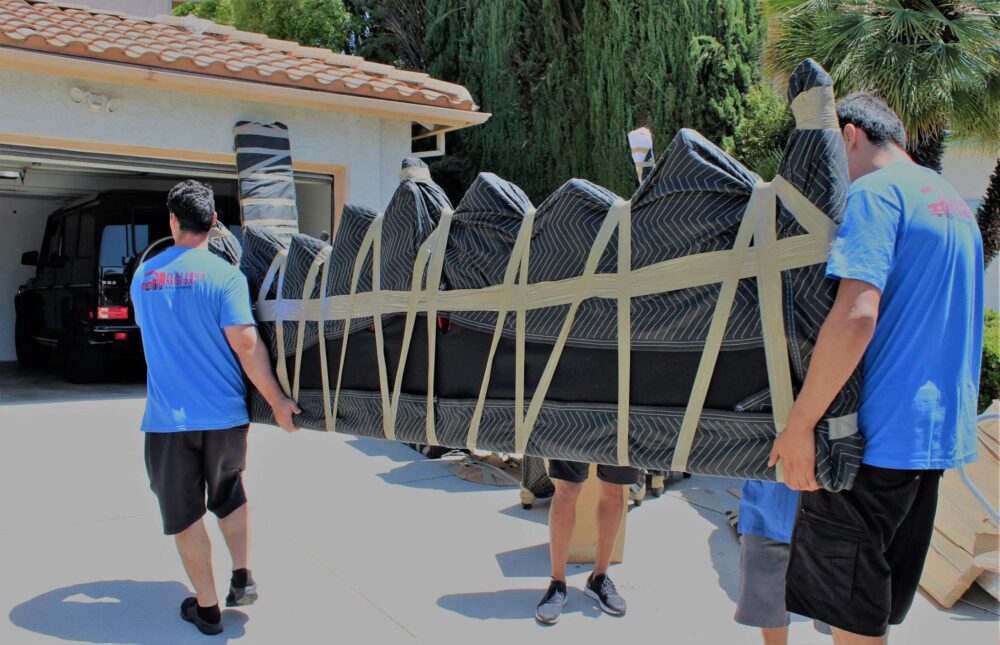
Moving a Bed Is Not Too Complicated
While the process of relocating a bed may seem daunting at first, it is not too complicated with the right planning and approach. By assessing the size and condition of your beds, dismantling and packing them properly, and enlisting professional help when needed, you can ensure a smooth and successful transition to a new home.
Hiring a relocation company will give you peace of mind, knowing that all your belongings will be well taken care of and transported without a scratch. So, contact us at Flat Price Auto Transport and Moving company and allow our movers to ensure you get a good night’s sleep in the new bedroom.
FAQ
Can I Move My Bed by Myself or Should I Hire Professionals?
It depends on the size and weight of an object, as well as your physical capabilities. Smaller and lighter beds can often be moved by an individual, while larger or heavier beds may require the assistance of professional movers to ensure safe and efficient transportation.
How Do I Protect My Mattress During the Move if I Don't Have a Mattress Bag?
If you don’t have a mattress bag, you can use alternative options such as plastic wrap, large plastic bags, or relocation blankets to wrap and protect a mattress from dirt and moisture during the move. Secure the wrapping tightly to keep the mattress shielded throughout the transportation process.
Should I Disassemble My Bed Frame Completely or Only Partially?
The extent of disassembly depends on the type and complexity of the frame. Generally, it is recommended to fully disassemble the frame, including the headboard, footboard, and side rails, to make it easier to transport and reassemble. However, if the frame is simple and can be moved as a whole without causing any issues, partial disassembly may be sufficient.
What Should I Do if I Lose or Misplace Bed Frame Assembly Instructions?
If you cannot locate the frame assembly instructions, try reaching out to the manufacturer or searching online for a digital copy. Alternatively, you can often find general assembly instructions or video tutorials for similar frames that can provide guidance on reassembling the frame.
Are There Any Special Considerations for Moving Adjustable or Platform Beds?
Yes, adjustable beds may require special attention due to their electrical components. Ensure that the power is disconnected and any loose cords are secured. Platform beds, on the other hand, may be easier to relocate since they typically do not have additional components or complex structures. However, it’s still important to disassemble and protect them properly during transit.
How Can I Prevent Damage to the Bed Frame and Walls While Reassembling?
To prevent damage, handle the frame components with care during reassembly. Use furniture gliders or blankets to protect the floor and walls from scratches. It’s also helpful to have a second person assist you to ensure stability and avoid accidentally hitting walls or other objects.
Can I Transport My Bed in a Moving Truck Vertically or Does It Need to Be Horizontal?
It is generally recommended to transport a bed in a moving truck horizontally. This helps prevent damage to the mattress and frame during transit. However, if space constraints make horizontal transportation impossible, ensure that the frame is secured properly and protected with padding to minimize any potential damage.
What Should I Do if I Encounter Difficulties During the Bed Reassembly Process?
If you encounter difficulties during the reassembly process, refer to any available assembly instructions or search for online resources and video tutorials specific to the frame model. If needed, seek assistance from professionals or consult with experienced individuals who can provide guidance and help troubleshoot any issues you may encounter.



